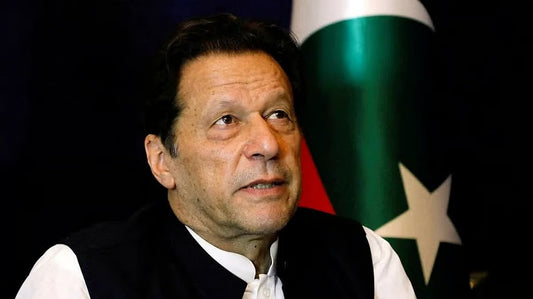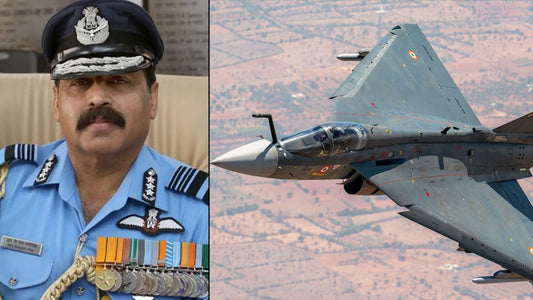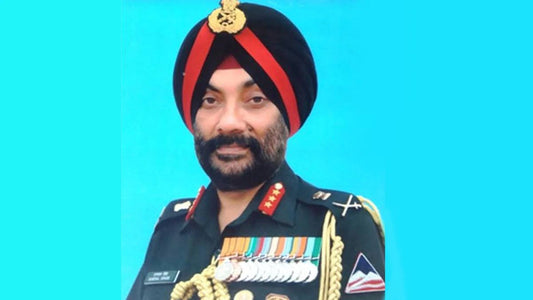Why Some Cadets Wear Camouflage Uniforms During Passing Out Parades

The Passing Out Parade (POP) in Indian military academies represents a pivotal moment in the journey of cadets, marking their transition from trainees to commissioned officers. Amid the synchronized marches and ceremonial splendor, a striking detail often captures attention: while most cadets don olive green or white ceremonial attire, a select few appear in camouflage uniforms.
This practice, rooted in tradition and operational ethos, underscores the diversity of roles within the Indian Armed Forces. This article explores the historical context, symbolic importance, and practical reasons behind this distinction, drawing on official sources and expert insights.
Historical Background of Camouflage Uniforms in the Indian Armed Forces
Camouflage uniforms have evolved significantly since their introduction to modern warfare. In the Indian context, the adoption of camouflage patterns traces back to the post-independence era, influenced by global military developments. Initially, the Indian Army inherited khaki uniforms from the British colonial period, which prioritized visibility and discipline over concealment. However, the need for effective blending into diverse terrains became evident during conflicts such as the Indo-Pak wars.
The first dedicated camouflage pattern, known as the "brush stroke," was introduced in the early 1980s, marking a shift toward operational efficiency. This design, featuring disruptive patterns in greens and browns, aimed to provide soldiers with better protection in jungle and forested environments. Over the decades, the Indian Army refined its camouflage, culminating in the adoption of a digital pattern in 2022, which incorporates pixelated designs for enhanced multi-terrain effectiveness. This evolution reflects broader global trends, where camouflage transitioned from simple khaki drab pioneered in the 19th century by British forces in India to sophisticated multi-spectral fabrics that counter infrared and radar detection.
A historical anecdote illustrates this progression: During the 1965 Indo-Pak War, Indian troops in olive drab uniforms faced visibility challenges in varied landscapes, prompting accelerated research into camouflage. By the 1980s, units like the Parachute Regiment began integrating these patterns, symbolizing a commitment to airborne and special operations.
Significance and Symbolism of Camouflage Uniforms
Camouflage uniforms transcend mere functionality; they embody the ethos of adaptability, resilience, and combat readiness. In the armed forces, these garments symbolize a soldier's integration with the environment, enabling stealth in operations ranging from counter-insurgency to high-altitude warfare. For elite units, such as the Parachute Regiment, camouflage represents elite status and the willingness to undertake high-risk missions.
Symbolically, wearing camouflage during ceremonial events like the POP highlights a cadet's choice to embrace the rigors of special forces life. It serves as a visual declaration of intent to operate "a notch above the rest," as noted in defense analyses. This practice reinforces regimental pride, fostering a sense of brotherhood among those who opt for airborne roles. Defense experts emphasize that such symbolism boosts morale and underscores the forces' dual focus on tradition and modernity.

Differences Between Camouflage and Ceremonial Uniforms
Ceremonial and camouflage uniforms serve distinct purposes, reflecting the multifaceted nature of military life. Ceremonial attire, often in olive green for the Army or white for the Navy and Air Force, is designed for formal occasions. These uniforms feature polished boots, peaked caps, and insignia that emphasize hierarchy, discipline, and national pride. They are tailored for visibility and grandeur, with fabrics like wool or polyester that prioritize aesthetics over utility.
In contrast, camouflage uniforms also known as combat fatigues or disruptive pattern material (DPM) focus on concealment and durability. Made from rugged, breathable fabrics with patterns that mimic natural terrains, they include features like reinforced knees, multiple pockets, and compatibility with body armor. The Indian Army's current digital camouflage, for instance, uses a mix of earth tones to suit deserts, jungles, and mountains. While ceremonial uniforms evoke heritage, camouflage prioritizes survival in operational settings, highlighting the shift from parade-ground pomp to battlefield pragmatism.
The Passing Out Parade: A Rite of Passage
The POP is a ceremonial culmination of rigorous training, where cadets demonstrate precision and unity before commissioning. Held at premier academies, it involves marching drills, oath-taking, and the symbolic "pipping" of ranks by family members. Uniforms play a central role, with most cadets in service-specific ceremonial dress: olive green for Army cadets, blue patrols for Air Force, and whites for Navy. However, the appearance of camouflage adds a layer of intrigue, signaling specialized career paths.
Why Only Certain Cadets Wear Camouflage During the POP
Not all cadets wear camouflage; this distinction is reserved for those who volunteer for the Parachute Regiment, particularly the elite Para Special Forces (SF). These cadets undergo preliminary selection during training and, upon success, don combat fatigues for the POP to signify their commitment. The rationale stems from operational roles: Para units specialize in airborne insertions, requiring immediate readiness for combat environments. Wearing camouflage during the parade symbolizes this transition, distinguishing them from peers commissioning into standard infantry, artillery, or support branches.
This practice is not arbitrary; it aligns with commissioning categories. Permanent Commission (PC) cadets from long-term entries may opt for Para, while Short Service Commission (SSC) officers from OTA can also volunteer. Only successful candidates typically a small percentage earn this honor, reflecting their physical and mental prowess.
Details Across Different Academies and Commissioning Categories
The tradition varies by academy and service branch:
- Indian Military Academy (IMA), Dehradun: Primarily for Army PC officers. Para aspirants from regular courses wear camouflage, as seen in multiple POPs.
- Officers Training Academy (OTA), Chennai: Focuses on SSC officers. Male cadets opting for Para don combat uniforms, emphasizing gender-inclusive opportunities.
- National Defence Academy (NDA), Khadakwasla: Joint training for all services. Cadets branch out post-NDA, with Army cadets potentially opting for Para later at IMA. POP uniforms are service-specific, with limited camouflage sightings.
- Air Force Academy (AFA), Dundigal: Emphasizes flying branches. Ceremonial blues dominate; camouflage is rare, as Para options are Army-centric.
- Indian Naval Academy (INA), Ezhimala: Naval focus with white uniforms. No widespread camouflage use, given maritime operations.
Commissioning categories influence this: Direct entries via NDA/IMA often lead to Para for Army cadets, while technical entries prioritize specialized roles.
Role of Branch-Specific Traditions, Operational Roles, and Regimental Customs
Branch traditions deeply influence uniform choices. The Parachute Regiment, with its motto "Men Apart, Every Man an Emperor," upholds customs like wearing maroon berets and camouflage to denote airborne heritage. Operational roles in rapid deployment and special operations necessitate this attire, aligning with regimental customs that prioritize combat identity over ceremonial formality.
Other branches, like artillery or engineers, adhere to olive green, reflecting their support functions. These customs preserve unit cohesion and honor historical legacies, such as Para's valor in wars since 1947.
Insights from Defense Experts and Official Sources
Defense experts, including those from SSBCrack, describe this as a motivational tool, inspiring cadets to aspire to elite forces. Official Army sources, via recruitment portals, confirm that Para volunteers undergo probation post-POP, with camouflage marking the start of this journey. Retired officers on platforms like Quora note it fosters a "warrior ethos," essential for special operations.
Conclusion: Symbolic and Operational Reasons for the Practice
In summary, cadets wearing camouflage during POP symbolize their dedication to elite, operationally demanding roles within the Parachute Regiment, blending historical evolution with modern warfare needs. This practice not only distinguishes aspirants but also reinforces the armed forces' commitment to versatility and excellence. Operationally, it prepares them for immediate combat integration; symbolically, it honors regimental pride and inspires future generations. As India's military adapts to new challenges, such traditions ensure that heritage and innovation march in step.




















3 comments
Indian Armed Forces has routine practice as camouflage is readiness for war. It’s good practice. Indian Armed Forces Officers should behave as human being with their subordinates (specially with Jawans). Indian Armed Forces Agnipat scheme for Jawans recruitment as Agnivir is not good. Jawans recruitment should be as before 2022. Nowdays Nepal young students are going to USA, UK, German as Jawans & they don’t join with Indian Armed Forces, it is tragedy.
Ssc
Kindly write about discrimination between SSCO Short Service Commission Officers & PC Permanent Commission Officers